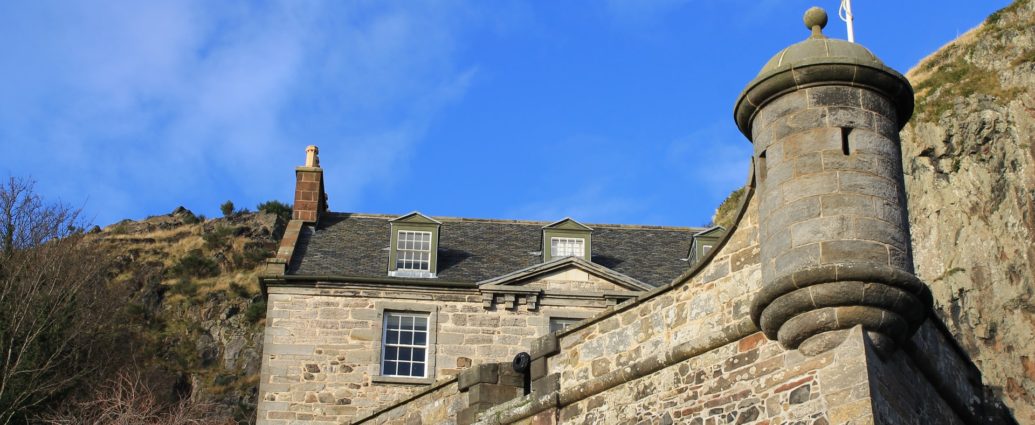Melanie Goldberg
Some hae meat and canna eat,
And some wad eat that want it,
But we hae meat and we can eat,
Sae let the Lord be Thankit!
—Selkirk Grace, Robert Burns
The revered Scottish poet Robert Burns (also known as the National Bard, Bard of Ayrshire, the Ploughman Poet, or – more affectionately – Rabbie) is renowned worldwide, with Auld Lang Syne being a New Year’s Eve staple in multiple countries and has been translated into multiple languages.
Born in 1759, Robert Burns hailed from a family of rural farmers in Ayrshire. His poems often reflected his agricultural background, encompassing many of the cultural and religious traditions that were common during the era. Having a strong interest in politics, much of the context of his poems are focused on political and social reform, which proved controversial amongst some more conservative circles.
Although beginning more than a century beforehand, the anglicisation of Scottish culture increased rapidly after the failed Jacobite rebellion and Burns’ decision to maintain the use of Scots was unique even amongst his peers. This eventually distinguished his work to the extent that he was lauded by the nation and recognised as Scotland’s official national poet. Sadly, Burns died in 1796 at age 37 from poor health and a retrospectively-theorised heart condition.
The Burns Supper first took place in 1803 as a way for Rabbie’s friends to honour his memory and celebrate his work. With boiled sheep’s head on the initial menu, the Supper has certainly (and thankfully) evolved. Taking place on his birthday (after previously confusing the dates), haggis (veggie options are also available), neeps, tatties, and whiskey, with Clootie Dumpling for dessert, are the ascribed cuisine.
Depending on the formality of the event, ceilidhs are often held, but the ‘Address to the Haggis’ after its piping in is always a must. Typically, Scottish music is played throughout, along with readings of Burns’ most venerated poems. Kilts and tartan are the usual dress code. A full running order also consists of the reading of Selkirk Grace as the food is served and a dramatisation of Burns’ life ending with “To the Immortal Memory of Robert Burns!”.
The holiday is also celebrated amongst many communities with Scottish descent worldwide, such as in Canada, Ireland and the US. In Scotland, a televised event has become a part of the celebrations, moving completely online for last year’s Covid-stricken audiences. Check out this year’s event, which is entirely free!
There are numerous Scottish sites in which one can learn more about our National Bard. The Birthplace Museum, the Bachelor’s Club and the House Museum are all located in his home of Ayrshire, with the Writer’s Museum located in Edinburgh, a city in which he eventually lived and worked in later life. And although Auld Lang Syne is by far The Scottish Bard’s most popular work, there are so many more beautiful works of his to explore.
Featured image courtesy of Dav Doh via Unsplash. Image license found here. No changes were made to the image.

